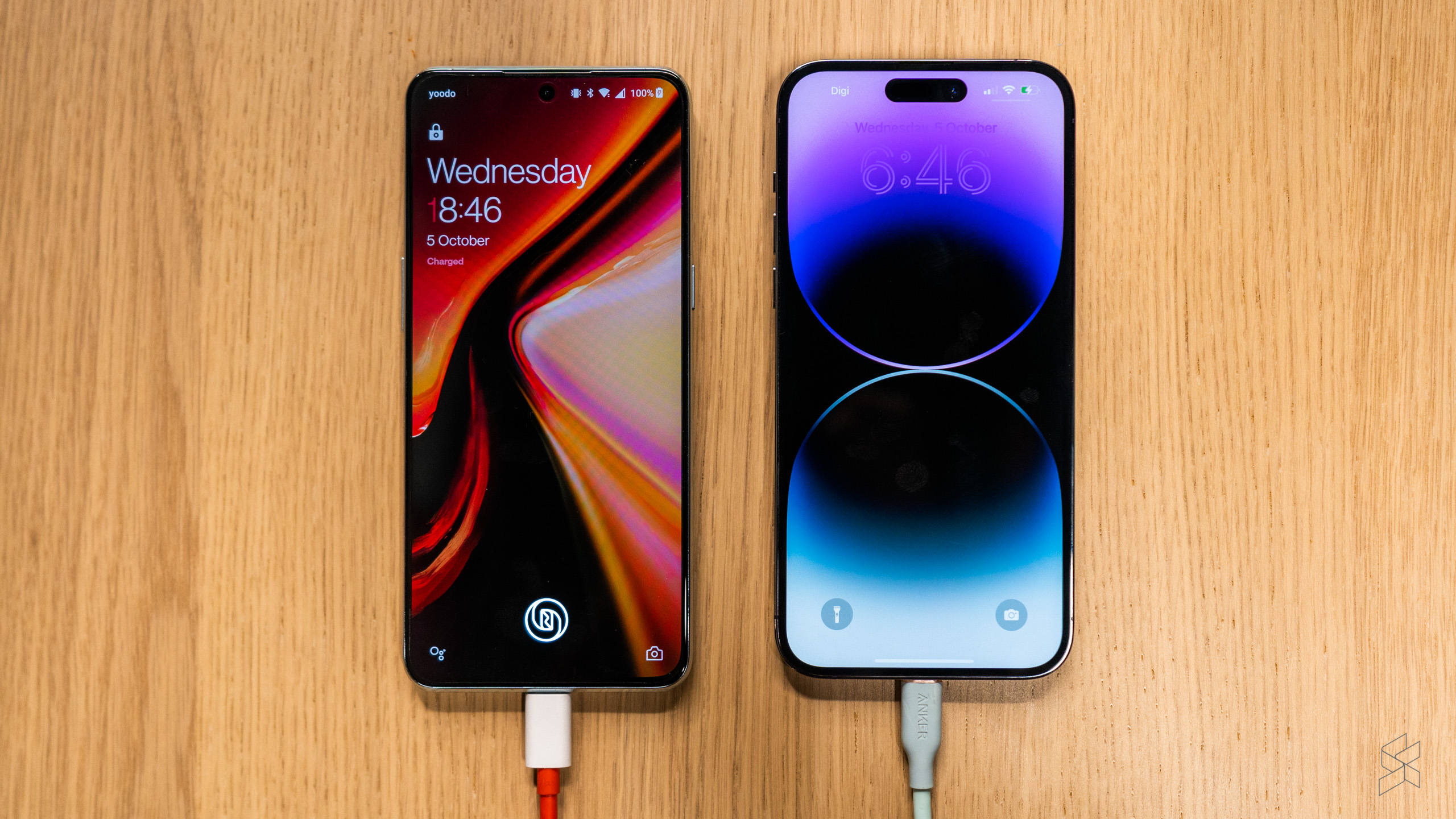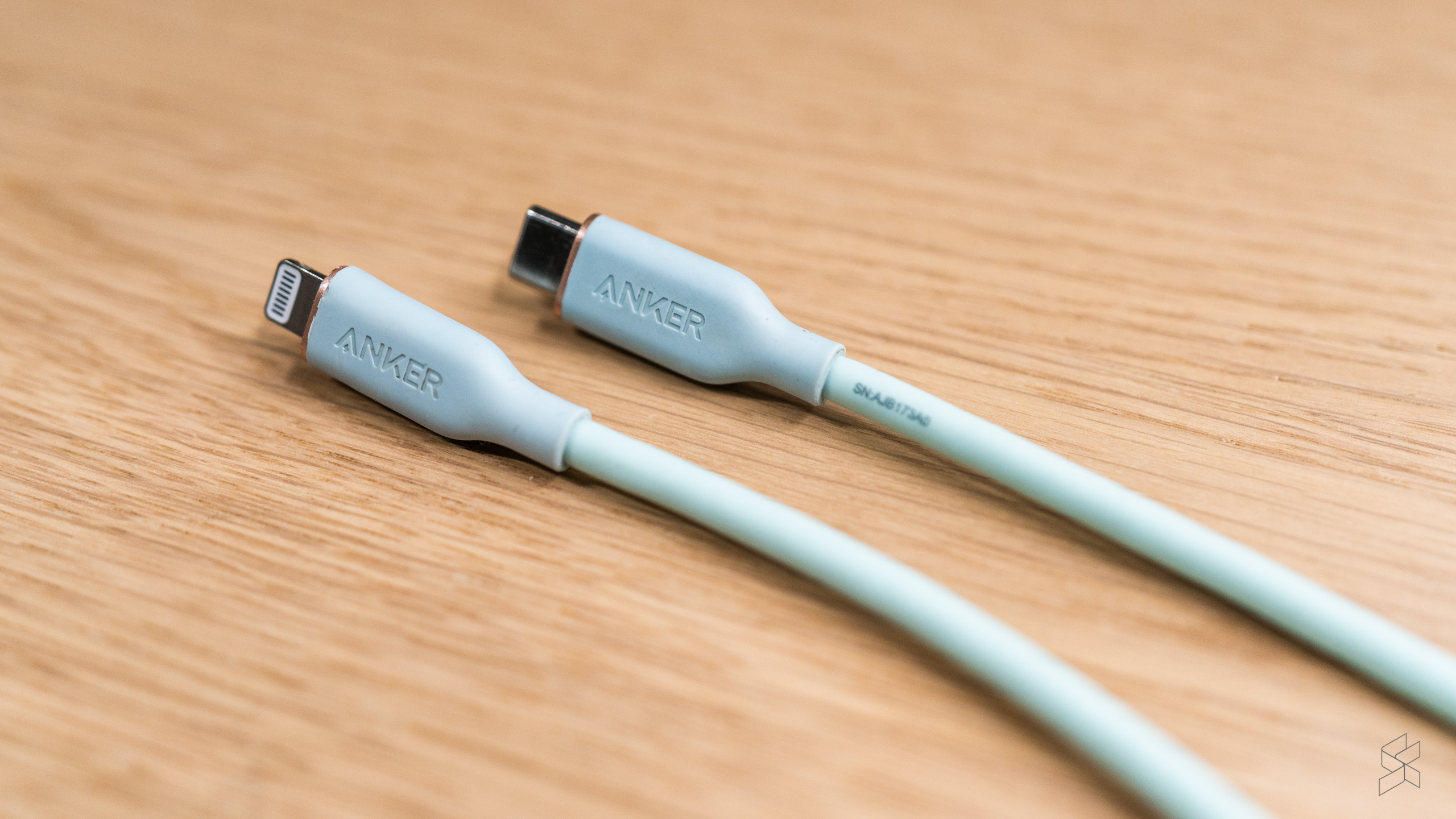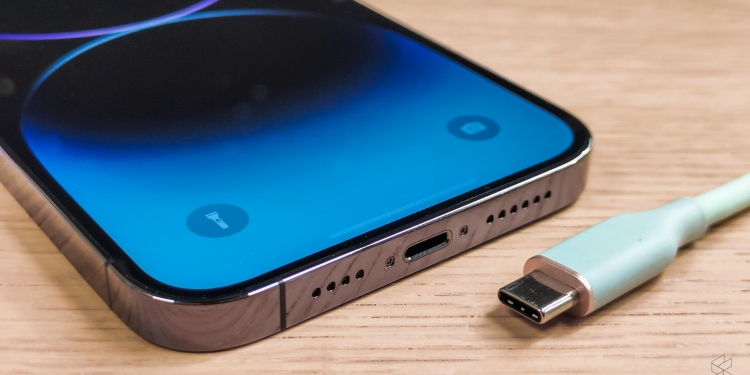Early this month, the European Parliament reached a landmark verdict to make USB Type-C the default charging port standard for smartphones from the autumn of 2024. This ruling was obviously aimed at Apple, which uses the Lightning port on its iPhones, and today the company confirmed it will indeed (and begrudgingly) make the switch to USB-C on its bread and butter product.
Apple’s Craig Federighi and Greg Joswiak (@gregjoz) join @JoannaStern at #WSJTechLive to discuss products, privacy and power at the tech giant https://t.co/fNo2JGwMB4 https://t.co/aGrTlZrUo4
— The Wall Street Journal (@WSJ) October 26, 2022
This announcement was made by senior vice president of worldwide marketing Greg “Joz” Joswiak in an interview at the Wall Street Journal‘s Tech Live event. When asked by journalist Joanna Stern if the iPhone would move to USB-C, Joswiak said: “Obviously we’ll have to comply [to the ruling], we have no choice, as we do around the world to comply to local laws, but we think the approach would’ve been better environmentally—and better for our customers—to not have a government be that prescriptive.”
Elaborating on Apple’s reluctance to make the switch, Joz said the company has been in an argument with the EU on this topic for well over a decade, during which the latter wanted to enforce the use of Micro USB ports. “If we had standardised Micro USB, neither [Lightning or USB-C would’ve] happened.”
Joz reiterated Apple’s stance that the ruling would cause more e-waste, rather than reduce it. “Over a billion people—that’s not a small amount of people— have [a Lightning cable] to be able to use what they have already and not be disrupted. What are you going to do with these cables over time, if they’re no longer useful?”

Asked why he seemed sad to see Lightning go, Joz said: “It’s been a great connector and over a billion people have it already—have the cables, have what they need, have all the infrastructure in their homes, have all the speakers that work with it.”
For its part, Apple has long been preparing for the move to USB-C, which the European Commission predicts will save customers an estimated €250 million (RM1.15 billion) by using a single charger for all their devices. The entire MacBook line uses USB-C ports, and with the launch of the tenth-generation iPad, so does almost the entire iPad line (minus the ninth-generation model, which still remains in stores).

The company is also reportedly testing an iPhone with a USB-C port, tipped to go on sale next year at the earliest, meaning we could see a USB-C port as early as the iPhone 15. A Lightning to USB-C adapter is also said to be in the works that will enable customers to use existing accessories, similar to the 30 pin to Lightning adapters that were introduced alongside the iPhone 5. By the way, that EU ruling also includes earbuds, so Apple will be forced to make AirPods with USB-C ports, too.
Analysts say that while Apple is making a fuss about having to make the switch, the EU’s decision may actually help the company if it encourages more shoppers to check out its devices. At the very least, it should be allowed to continue selling older devices with the Lightning port, such as the iPhone 13 and 14—for now.
Related reading
- iPhone will use USB-C: EU ruling forces Apple to ditch proprietary Lightning port from 2024
- The EU is forcing Apple into adopting USB-C on the iPhone
- Here’s how you can make your own USB-C iPhone
- This is the world’s first iPhone with USB-C
- New EU proposal may force Apple to adopt USB-C on their iPhones after all








